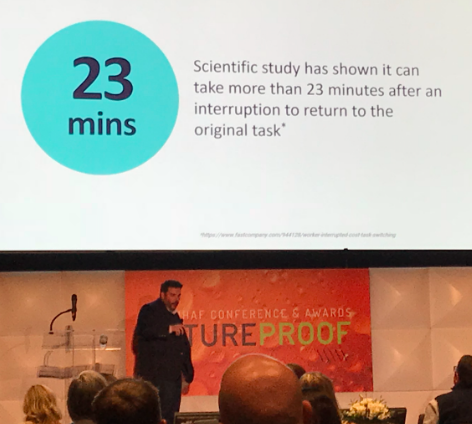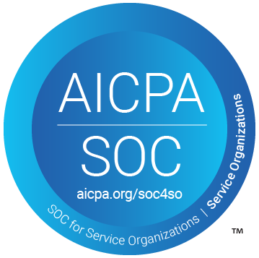Staying focused on one task at a time is a key efficiency strategy, but in some email creation workflows it’s easier said than done.
At last year’s IHAF conference we learned it can take over 23 minutes for a team member who has been interrupted to return to the original task s/he was working on. Imagine this, you have a developer who is being to work on a new project to update the company website, but mid-way through the day a request comes in to update an email that is scheduled to go out in a few hours. Your developer now has to stop what s/he is doing to make the update. Once s/he is finished, it will take over 20 minutes for her/him to get back into the groove of the original project. That’s an extremely inefficient work process.

Turnaround times impact results
As any content creator is familiar with, some of the best results come from last-minute ideas. Organizations can try their best to plan everything out each quarter, but allowing for time-sensitive changes is crucial. Just ask any marketer who developed a plan for 2020 that had to be totally re-worked in the wake of COVID-19.
Even without having to address the changing market needs in a global pandemic and economic downturn, organizations are asked to respond to unexpected changes all the time. Maybe a competitor launches a promotion, and your company is now tasked with shifting your campaigns in order to stack up in the marketplace. Maybe you discover a new metric that requires a big push to hit, or maybe you have to plan or make changes to a last-minute event. Agility and flexibility within marketing teams are no longer added bonuses — they’re requirements in order to stay competitive.
Long production times will cost you
While occasionally an entirely new campaign needs to be created, a more common day-to-day occurrence is finding time-sensitive edits needed in campaigns that are already in the workflow, perhaps even nearly ready to go out.
The inability to turn assets around quickly can end up costing a business millions of dollars. As recent McKinsey research reported, “by accelerating the delivery of IT-dependent functions to marketing, [a global financial services] business was able to generate an extra 25 percent of revenue. That was worth $100 million per year. Conversely, for every week delayed in deploying a capability developed by IT, the business lost an estimated $2.8 million in incremental revenue.”
Common data collection practices make it hard to calculate time losses
Too often, we find that data reporting only focuses on results. However, without understanding the effort it takes teams to reach those results, we’re missing a huge piece of the picture. For example, If a company spends 20 hours on something to make $5 that’s not a good use of time, even if all the data shows is that they made a profit.
Without the right technology, it’s hard to see the full picture. Organizations need to take it upon themselves to be sure that they’re maximizing the focus they put on email creation – and this means investing in an efficient creation platform that will help eliminate the need for so many back-and-forth interactions between requesters and creators. If your organization is ready to stop creating emails at sloth speed, schedule a demo with Stensul today.



